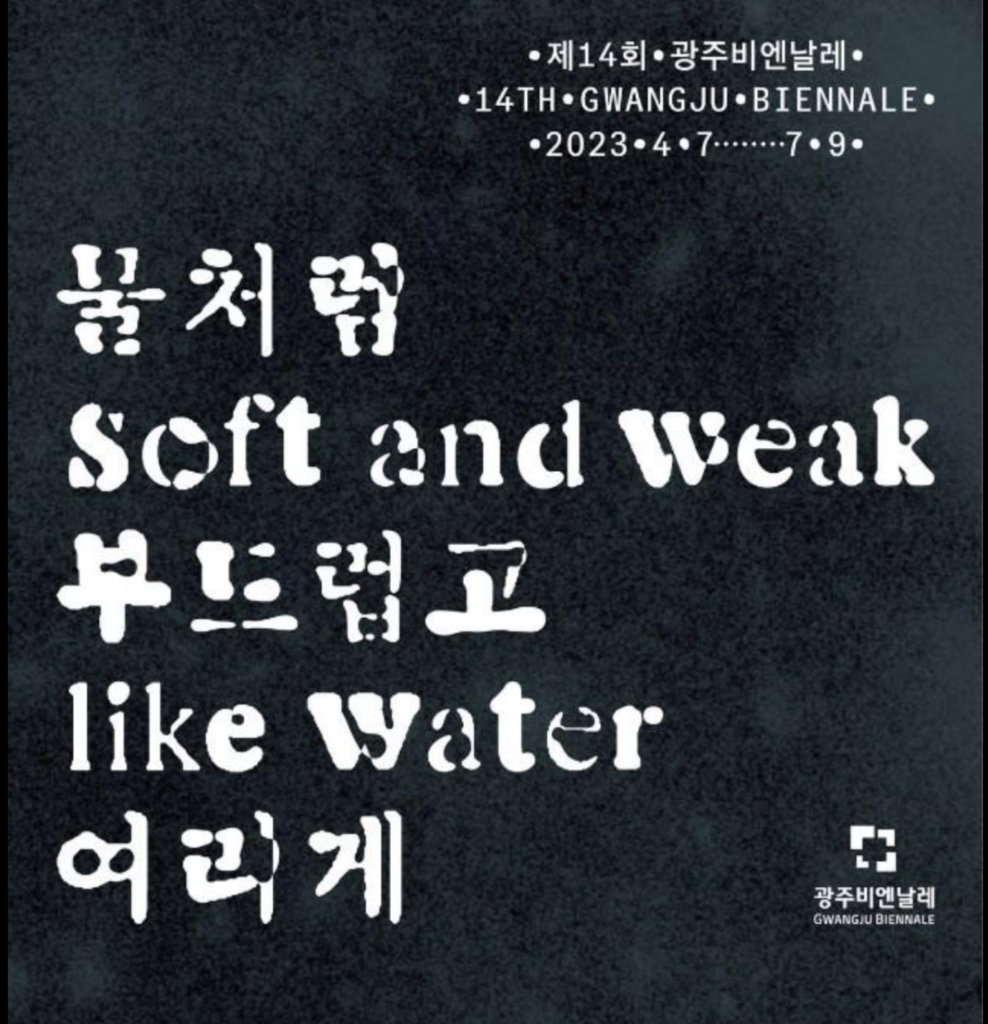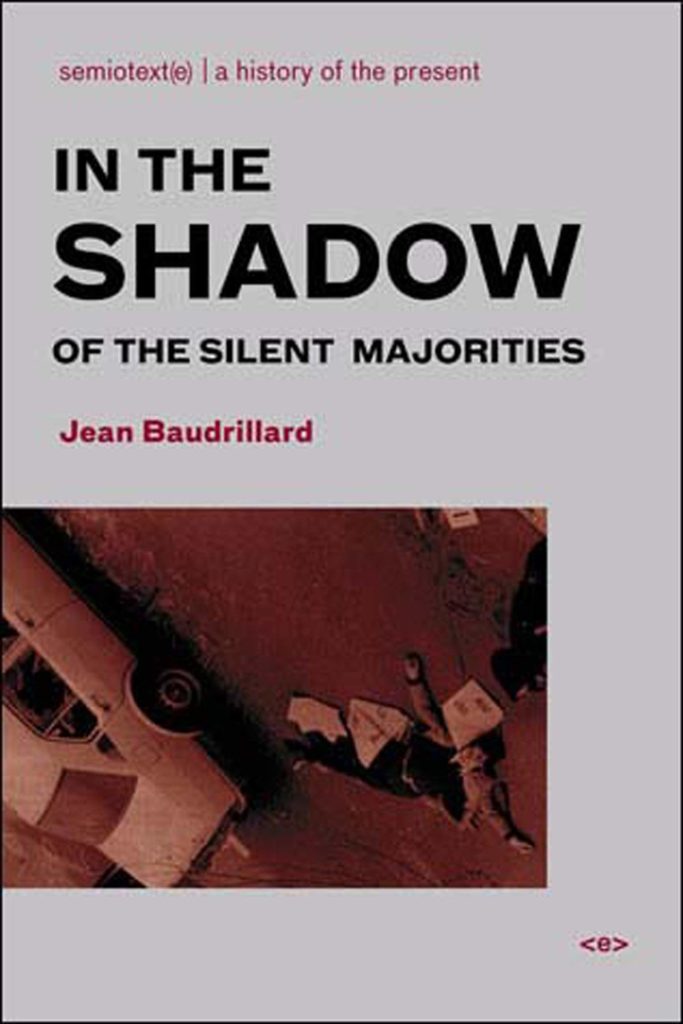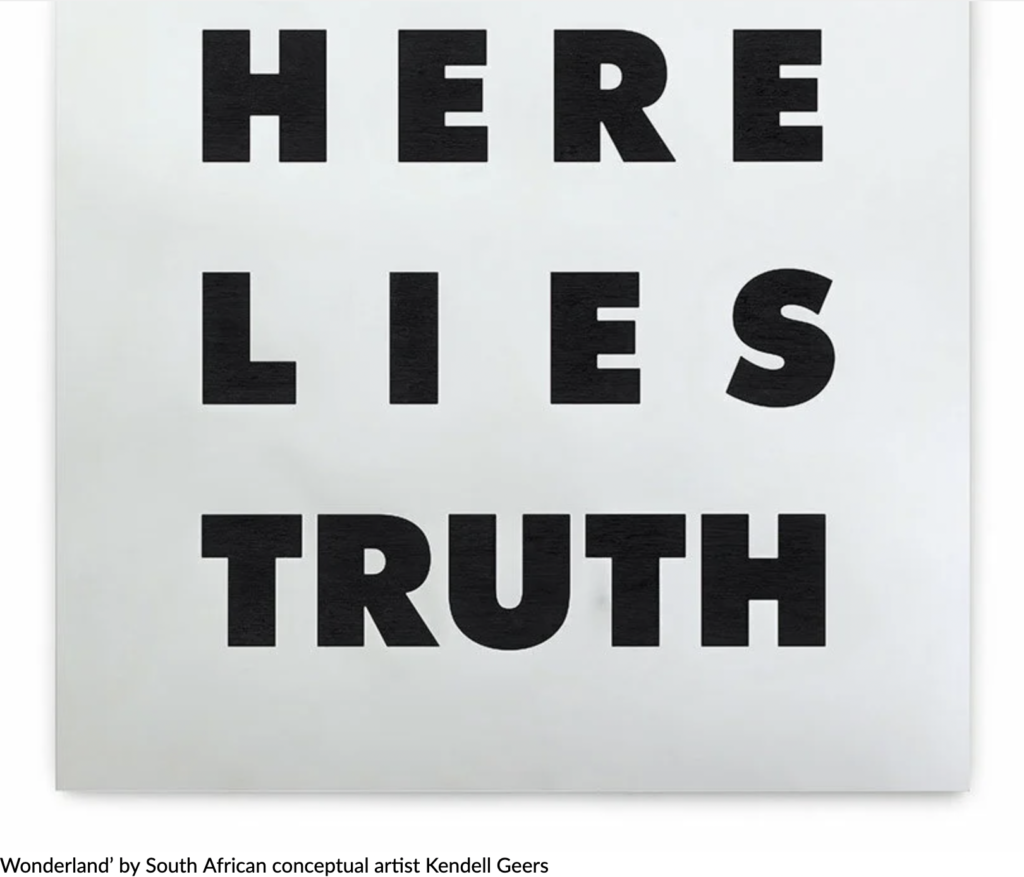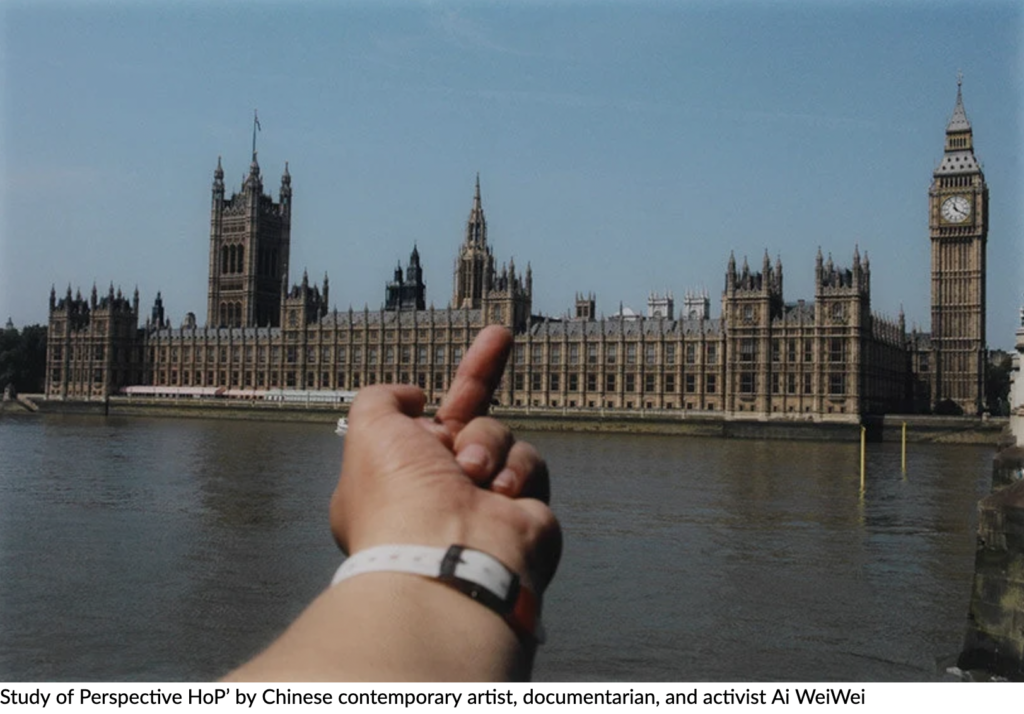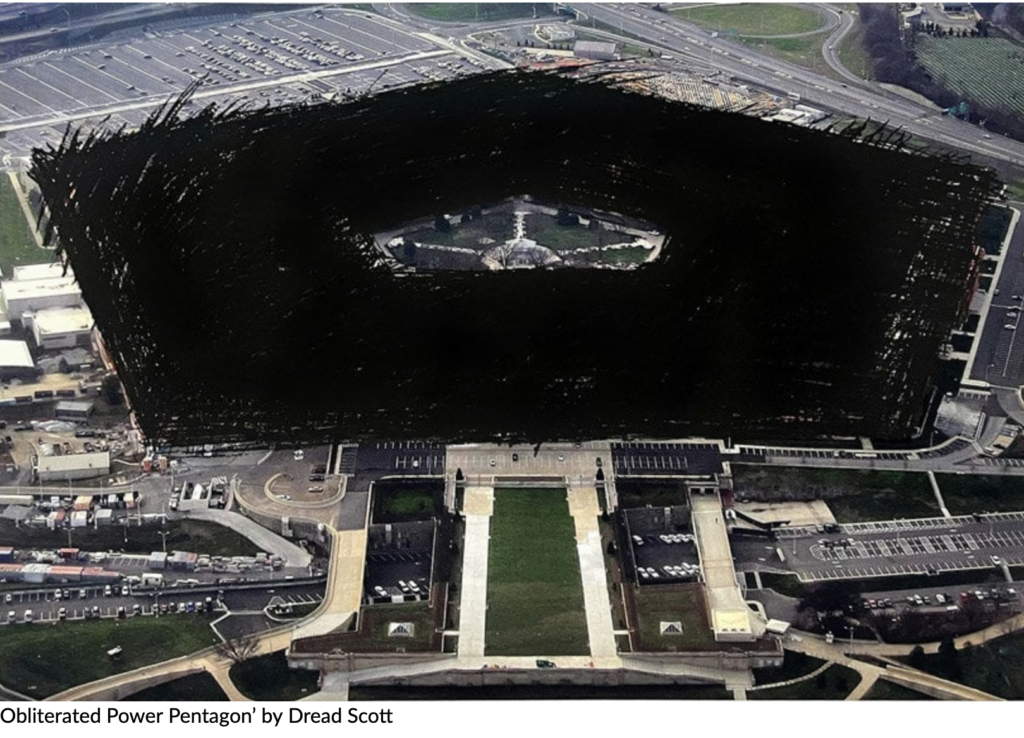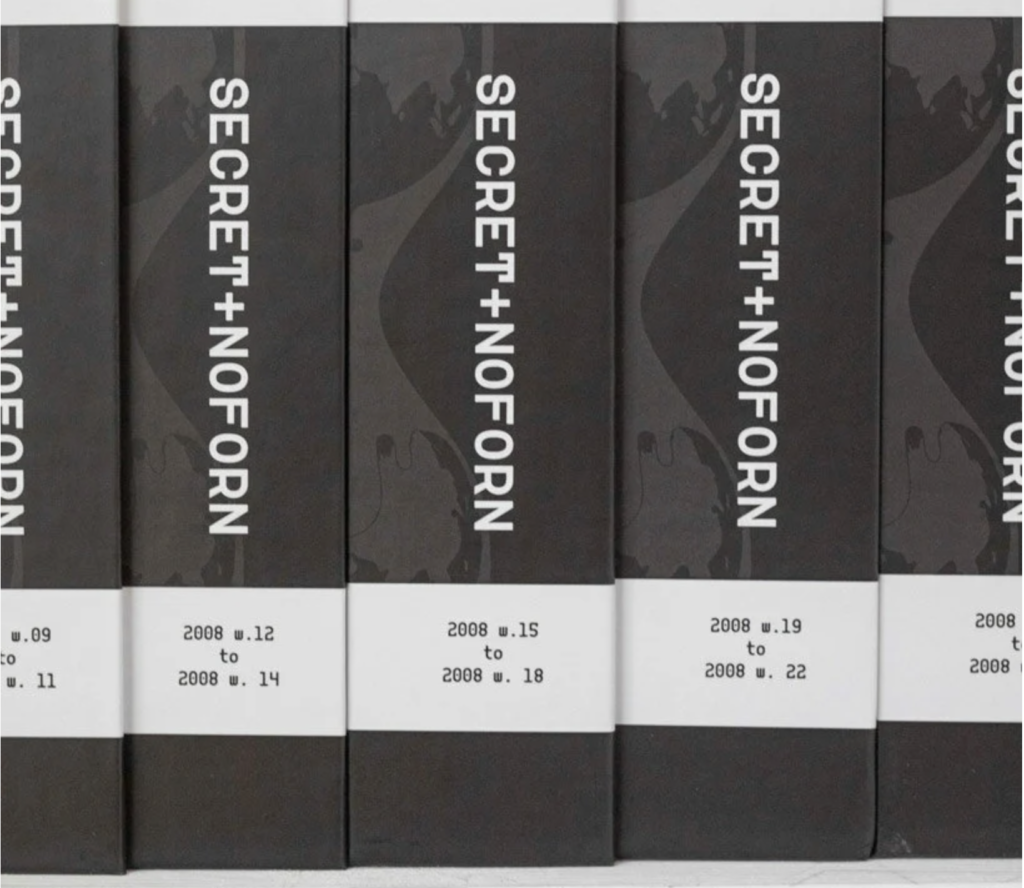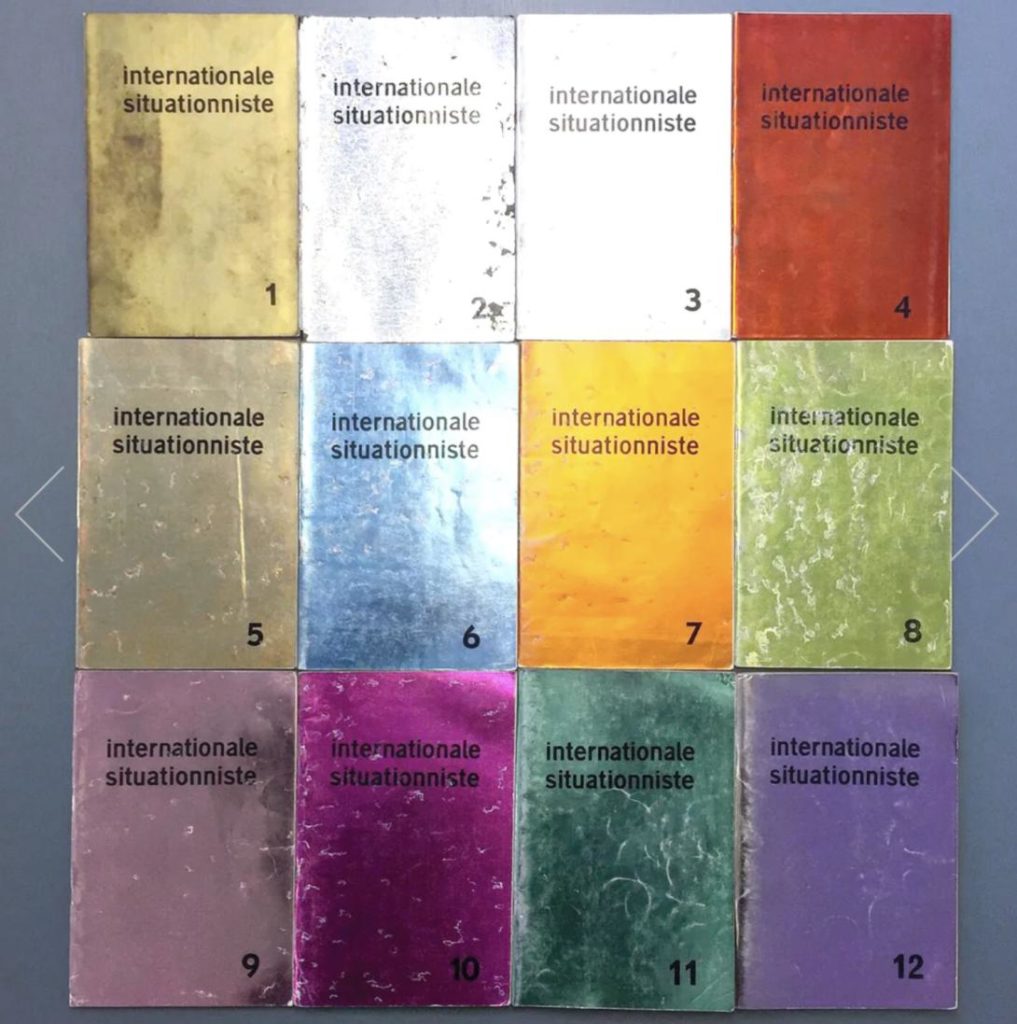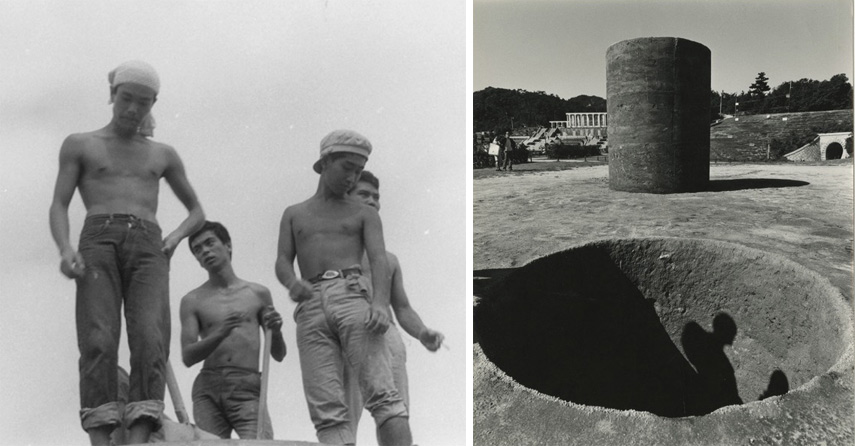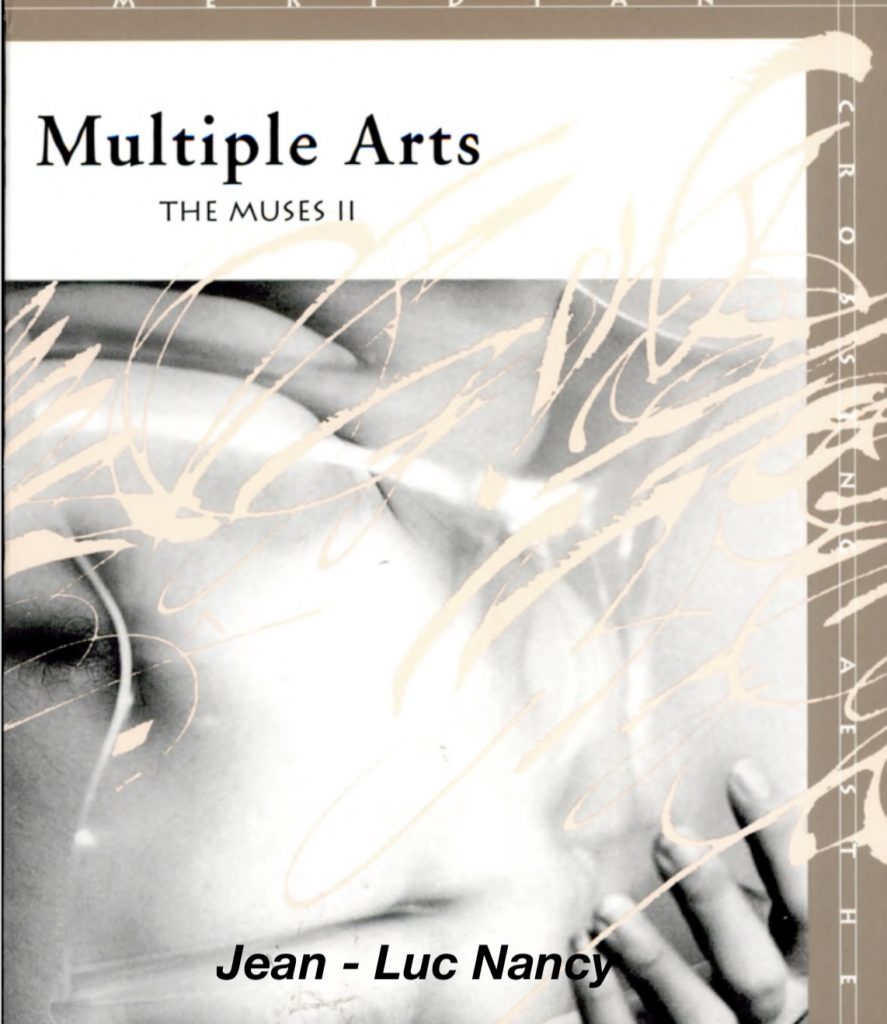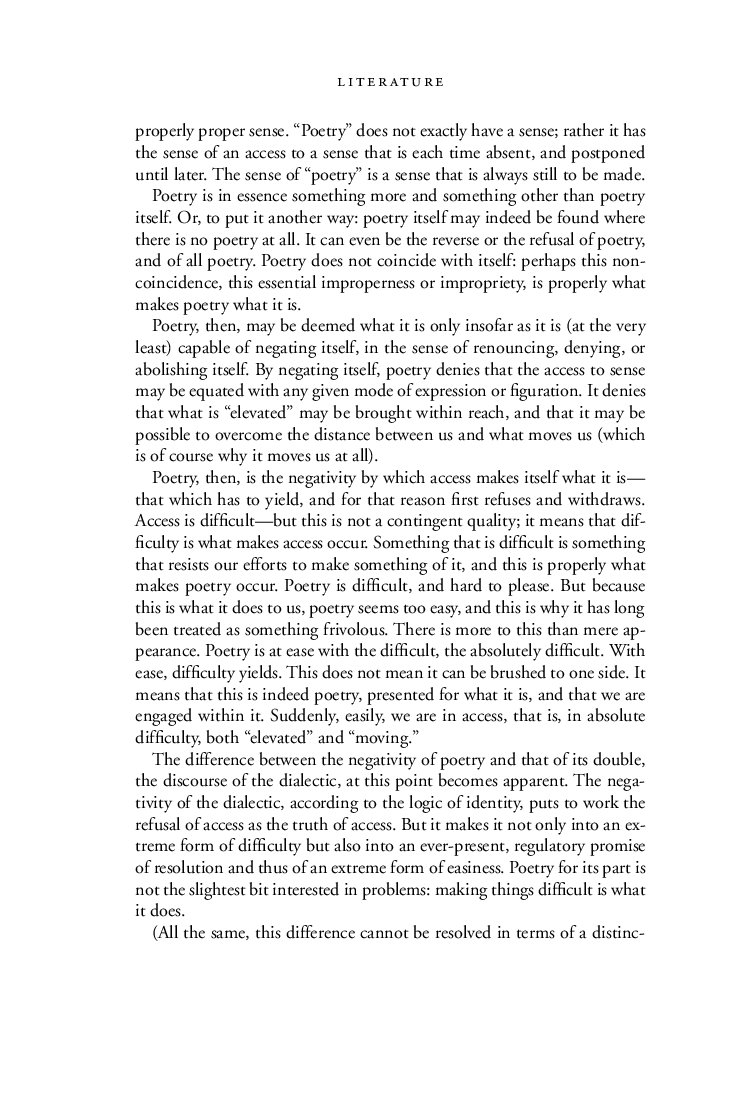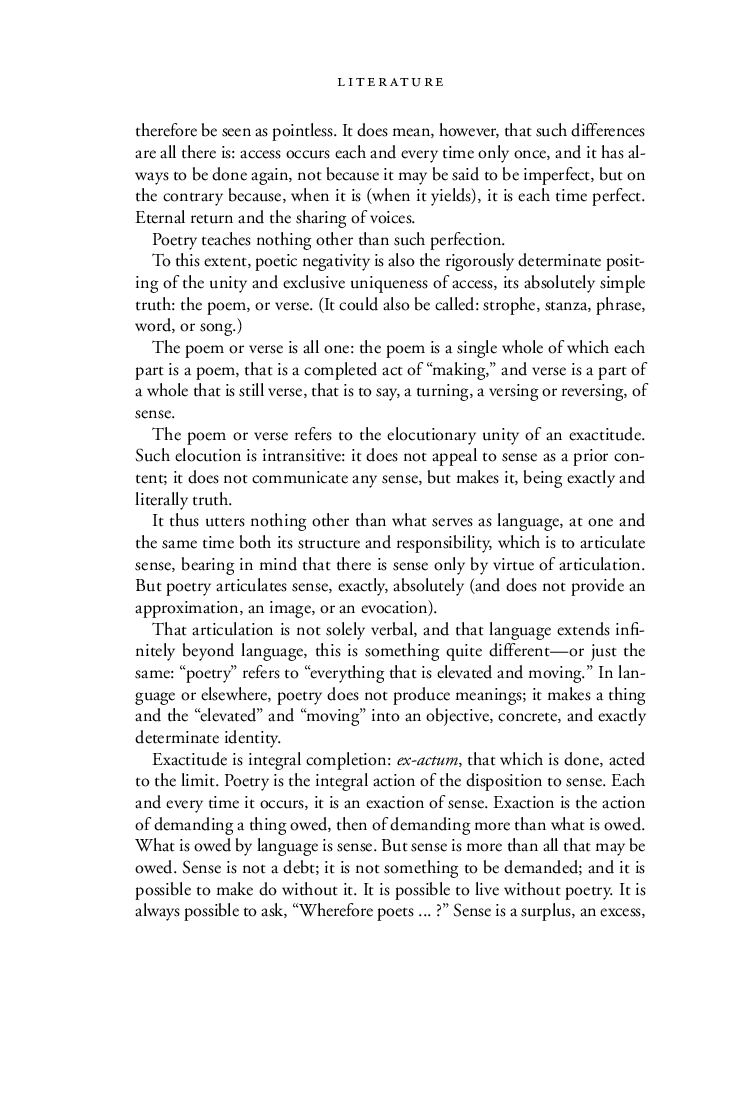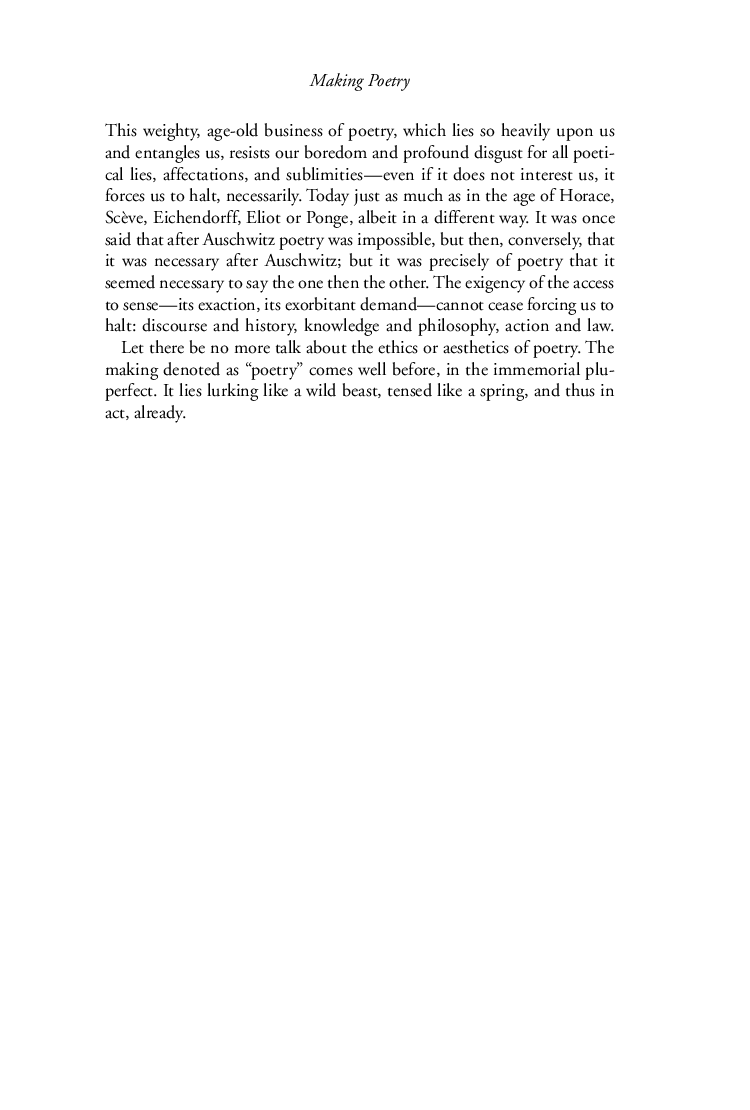Online archive of English translations of Internationale Situationniste, aka International Situationist: the journal of the Situationist International.
Détournement as Negation and Prelude
Détournement, the reuse of preexisting artistic elements in a new ensemble, has been a constantly present tendency of the contemporary avant-garde, both before and since the formation of the SI. The two fundamental laws of détournement are the loss of importance of each detourned autonomous element — which may go so far as to completely lose its original sense — and at the same time the organization of another meaningful ensemble that confers on each element its new scope and effect.
Détournement has a peculiar power which obviously stems from the double meaning, from the enrichment of most of the terms by the coexistence within them of their old and new senses. Détournement is practical because it is so easy to use and because of its inexhaustible potential for reuse. Concerning the negligible effort required for détournement, we have already noted that “the cheapness of its products is the heavy artillery that breaks through all the Chinese walls of understanding” (A User’s Guide to Détournement, May 1956). But these points would not by themselves justify recourse to this method, which the same text describes as “clashing head-on against all social and legal conventions.” Détournement has a historical significance. What is it?
“Détournement is a game made possible by the capacity of devaluation,” writes Jorn in his study Detourned Painting (May 1959), and he goes on to say that all the elements of the cultural past must be “reinvested” or disappear. Détournement is thus first of all a negation of the value of the previous organization of expression. It arises and grows increasingly stronger in the historical period of the decomposition of artistic expression. But at the same time, the attempts to reuse the “detournable bloc” as material for other ensembles express the search for a vaster construction, a new genre of creation at a higher level.
The SI is a very special kind of movement, different in nature from preceding artistic avant-gardes. Within culture, the SI can be likened to a research laboratory, for example, or to a party in which we are situationists but nothing that we do can yet be situationist. This is not a disavowal for anyone. We are partisans of a certain future of culture and of life. Situationist activity is a particular craft that we are not yet practicing.
Thus the signature of the situationist movement, the sign of its presence and contestation in contemporary cultural reality (since we cannot represent any common style whatsoever), is first of all the use of détournement. Examples of our use of detourned expression include Jorn’s altered paintings; Debord and Jorn’s book Mémoires, “composed entirely of prefabricated elements,” in which the writing on each page runs in all directions and the reciprocal relations of the phrases are invariably uncompleted; Constant’s projects for detourned sculptures; and Debord’s detourned documentary film, On the Passage of a Few Persons Through a Rather Brief Period of Time. At the stage of what the “User’s Guide to Détournement” calls “ultradétournement, that is, the tendencies for détournement to operate in everyday social life” (e.g. passwords or the wearing of disguises, belonging to the sphere of play), we might mention, at different levels, Gallizio’s industrial painting; Wyckaert’s “orchestral” project for assembly-line painting with a division of labor based on color; and numerous détournements of buildings that were at the origin of unitary urbanism. But we should also mention in this context the SI’s very forms of “organization” and propaganda.
At this point in the world’s development, all forms of expression are losing their grip on reality and being reduced to self-parody. As the readers of this journal can frequently verify, present-day writing invariably has an element of parody. As the “User’s Guide” notes: “It is necessary to conceive of a parodic-serious stage where the accumulation of detourned elements, far from aiming to arouse indignation or laughter by alluding to some original work, will express our indifference toward a meaningless and forgotten original, and concern itself with rendering a certain sublimity.”
This combination of parody and seriousness reflects the contradictions of an era in which we find ourselves confronted with both the urgent necessity and the near impossibility of initiating and carrying out a totally innovative collective action — an era in which the most serious ventures are masked in the ambiguous interplay between art and its necessary negation, and in which the essential voyages of discovery have been undertaken by such astonishingly incapable people.
SITUATIONIST INTERNATIONAL (1959)
Translated by Ken Knabb (slightly modified from the version in the Situationist International Anthology).
Source: https://libcom.org/article/internationale-situationniste-journal

